Can purrr simulate a random walk in fewer lines of code than base R?
For example what would the following look like in purrr?
n <- 5
x <- numeric(n)
for(i in 2:n){
x[i] <- x[i-1] + rnorm(1)
}
Edit: @Imo had exactly what I was looking for. To take this one step further I am assuming a random walk can be created and plotted with the following code
tibble(x = 1:1000, y = cumsum(rnorm(1000, mean = 0))) %>%
ggplot(aes(x=x,y=y))+
geom_point()+
geom_line()
